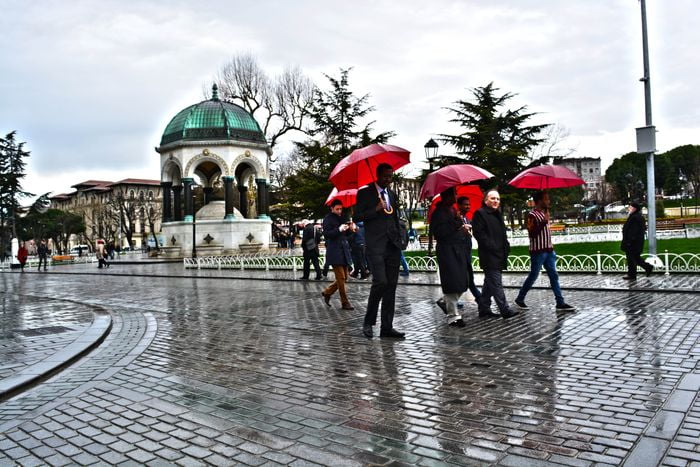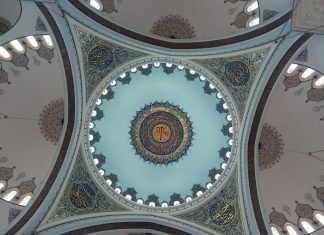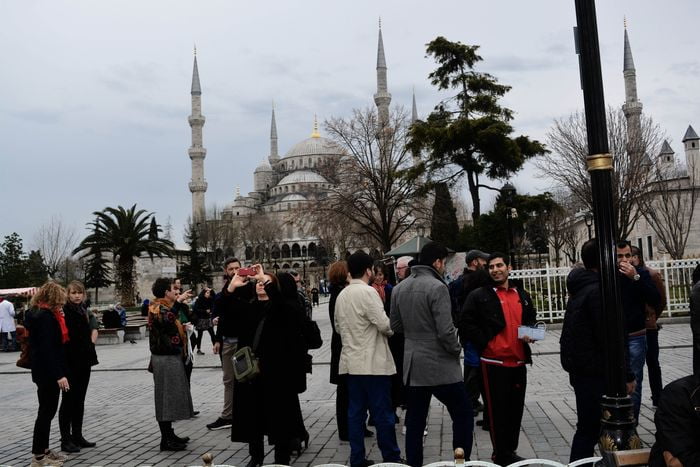And baptism likewise is double, of water and the spirit. So is communion and prayer and psalmody; everything has a double signification, a corporeal and a spiritual. Thus again, with lights and incense. The devil has tolerated all these things, raising a storm against images alone. His great jealousy of them may be learnt by what St Sophronius, Patriarch of Jerusalem, recounts in his “Spiritual Garden.” Abbot Theodore Aeliotes told of a holy hermit on the Mount of Olives, who was much troubled by the demon of fornication. One day when he was sorely tempted, the old man began to complain bitterly.
“When will you let me alone?” he said to the devil “be gone from me! you and I have grown old together.” The devil appeared to him, saying, “Swear to me that you will keep what I am about to tell you to yourself, and I will not trouble you any longer.” And the old man swore it. Then the devil said to him, “Do not worship this image, and I will not harass you.”
Question represented Our Lady
The image in question represented Our Lady, the holy Mother of God, bearing in her arms our Lord Jesus Christ. You see what those who forbid the worship of images hate in reality, and whose instruments they are. The demon of fornication strove to prevent the worship of Our Lady’s image rather than to tempt the old man to impurity. He knew that the former evil was greater than fornication.
As we are treating of images and their worship, let us draw out the meaning more accurately and say in the first place what an image is; (2) Why the image was made; (3) How many kinds of images there are; (4) What may be expressed by an image, and what may not; (5) Who first made images. Again, as to worship: (1) What is worship; (2) How many kinds of worship there are; (3) What are the things worshipped in Scripture; (4) That all worship is for God, who is worshipful by nature; (5) That honour shown to the image is given to the original.
Read More about Apologia of St John Damascene Against those who Decry Holy Images Part 58








